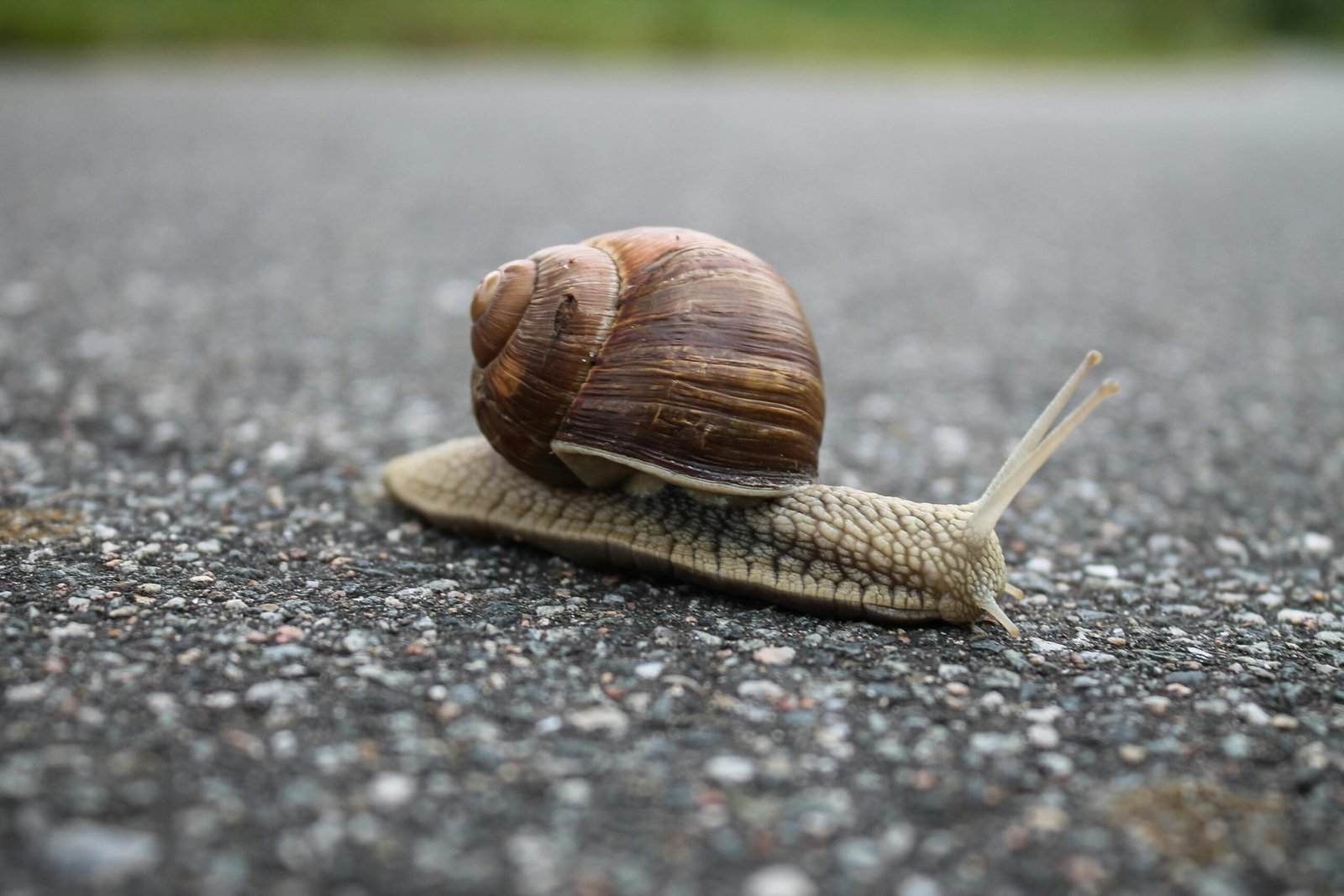Slugs and snails are slow-moving creatures that may not seem dangerous for our garden. However, no matter how big or small the garden is, they are the worst enemies for it. They appear when the weather is moist and damp. They are active at night and cause damage during that time. They reproduce quickly. Slugs can lay more than 75 eggs at a time and can lay eggs six times a year. Therefore, it is necessary to eliminate them as soon as possible.
1.Beer traps:
This is one of the most popular and effective ways to remove slugs and snails from our garden. Slugs love beer and are attracted by its scent. To make a beer trap, a butter or any tub should be sunk into the ground with the rim at soil level. Then, fill the tub with beer. The beer trap is ready for use. Slugs will be attracted to the beer and will crawl into the trap. The trap should be checked daily to remove the drowned pests and refill the tub.

2.Egg shells:
Egg shells or sea shells can be an effective solution for this problem. Spread egg shells around the plants to create a sharp edge boundary for the snails and slugs. They will be hurt by the sharp edges of the egg shells and crushed sea shells when they crawl over them.
3.Copper:
Slugs and snails cannot cross copper. They feel a mild electrical shock when they touch it. Copper can be used as a safety barrier for plants. If you have a raised bed, applying copper tape at the top of the framework can effectively keep the snails and slugs away. In the case of a pot, arrange a ring around the pot, just a little below the rim. If you don’t have a raised bed, you can wrap the copper around the plant.
4.Diatomaceous Earth (DE):
DE is a white, powdery, fine substance that is an effective and non-toxic deterrent for slugs. It is made from the fossil remains of freshwater prehistoric diatoms, which are microscopic green algae with silica-based shells. Sprinkle a thick layer of DE around the plants. When the slugs come in contact with the DE, it dehydrates them. Additionally, DE is sharp, so when slugs crawl over it, it feels like walking barefoot over glass.
5.Hand picking:
This is the easiest way to remove slugs and snails. It is an effective way to control their numbers in a garden. It is simple but requires time and patience. Visit the garden in the evening, and whenever you see a slug or snail, pick them by hand and place them in a bucket of soapy water. Since they hide during the day, evening is the best time to do this.
6.Plants:
Some plants act as a natural line of defense against snails. These include Geraniums, Ferns, Mint, Rosemary, Onion, and Garlic. Plant these alongside vulnerable crops to help keep the pests away.
7.Watering the garden:
Slugs and snails love moist conditions and are active at night. If you water your garden in the morning, it will dry off before nightfall. Avoid overwatering the garden. Drip irrigation could be a good choice for this condition.
8.Chickens and ducks:
Many kinds of birds, such as chickens and ducks, eat slugs and snails. They consume the pests that they find in their path. This is a natural solution for these pests. In addition to slugs, chickens control many other unwanted insects and pests in the garden.
Slugs and snails can be a persistent problem in any garden, but with the right strategies, you can keep them at bay and protect your plants. By employing methods such as beer traps, egg shells, copper barriers, diatomaceous earth, hand-picking, strategic planting, proper watering, and utilizing natural predators like chickens and ducks, you can effectively manage and reduce their population. Remember, consistency is key in controlling these pests. By regularly implementing these techniques, you’ll create a healthier and more vibrant garden, free from the damage caused by slugs and snails.


